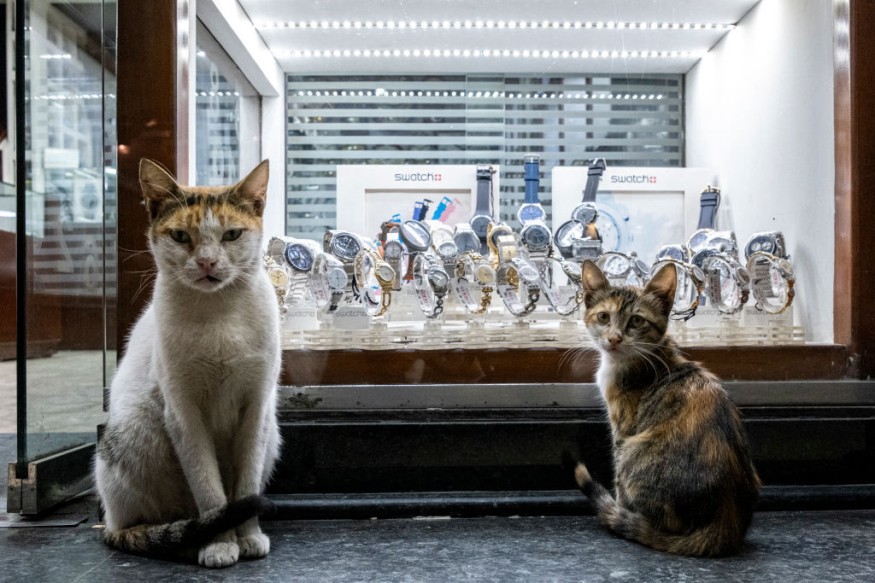
Scientists have discovered a new prehistoric cat species that thrived in modern-day Spain some 15.5 million years ago, adding to the understanding of feline diversity at the time.
Magerifelis Peignei
Researchers from Spain's National Museum of Natural Sciences identified the cat using a well-preserved jawbone discovered near Madrid.
Magerifelis peignei was named in honor of French paleontologist Stéphane Peigné, and it was placed in a new genus called Magerifelis, after Magerit, Madrid's old name and known for its rich paleontological findings.
The species belonged to a subgroup of small cats with predatory behavior comparable to that of Iberian lynxes, smothering "medium-sized prey" after bites to the throat.
The cat is believed to have inhabited the Earth throughout the Middle Miocene, which lasted from 16 to 11 million years.
Researchers created an image of the species based on a well-preserved jawbone.
The specimen is remarkably well preserved, showing the full hemimandible and all of the teeth except the incisors.
The hemimandible has a more robust mandibular corpus and ramus than other felines of the same size, as well as a more ridged masseteric line, indicating the presence of a proportionally larger and more powerful masseter that produced a hard bite during hunting.
They also claimed the cat had a "strong bite" and hunted like the Iberian lynx, suffocating prey in its jaws.
"The specimen is in such an excellent state of preservation, with almost all the dentition and mandibular structures present, that it constitutes one of the most complete known fossils of early felines up to date," researchers added.
The cat is reported to have weighed approximately 7.61kg, which is nearly twice the weight of the normal moggy.
Preyed On Larger Prey
After analyzing portions of the archaic feline's lower jaw bones, researchers believe M. Peignei may have preyed on "relatively larger prey" than modern-day cats.
Scientists discovered that the cat had a smaller second lower molar tooth (m2) and a lower canine that was smaller than that of other felines at the time.
"These characters suggest that the Príncipe Pío-2 feline could have preyed upon relatively larger prey than those of extant, similarly sized felines," researchers wrote.
It could have hunted members of the Micromeryx family of prehistoric deer. Small vertebrates, such as mice and birds, were most likely its most common prey.
According to researchers, the presence of m2 in modern felines has only been observed in the Eurasian lynx, which ranges from Northern, Central, and Eastern Europe to Siberia, Central Asia, the Tibetan Plateau, and the Himalayas.
However, they state that the occurrence of this tooth in existing cat species is a "very infrequent feature."
According to researchers, the recent results contribute to a better understanding of the diversity and evolution of cats during this period in prehistoric Europe.
An earlier study suggests that cats evolved from a fierce sabre-toothed predator that prowled North America 42 million years ago.
It was twice the size of a typical house cat and could have killed rhinoceroses, camels, tapirs, pigs, and horses.
Related Article : Saber-Toothed Cat: Ultra-Sharp Teeth Slow to Emerge
© 2025 NatureWorldNews.com All rights reserved. Do not reproduce without permission.





